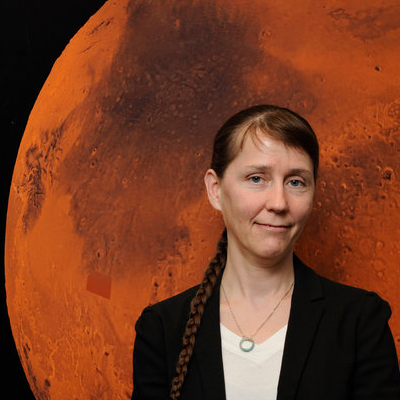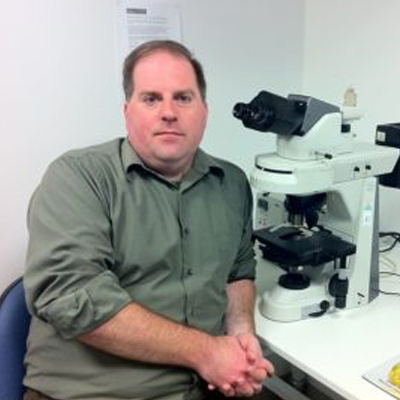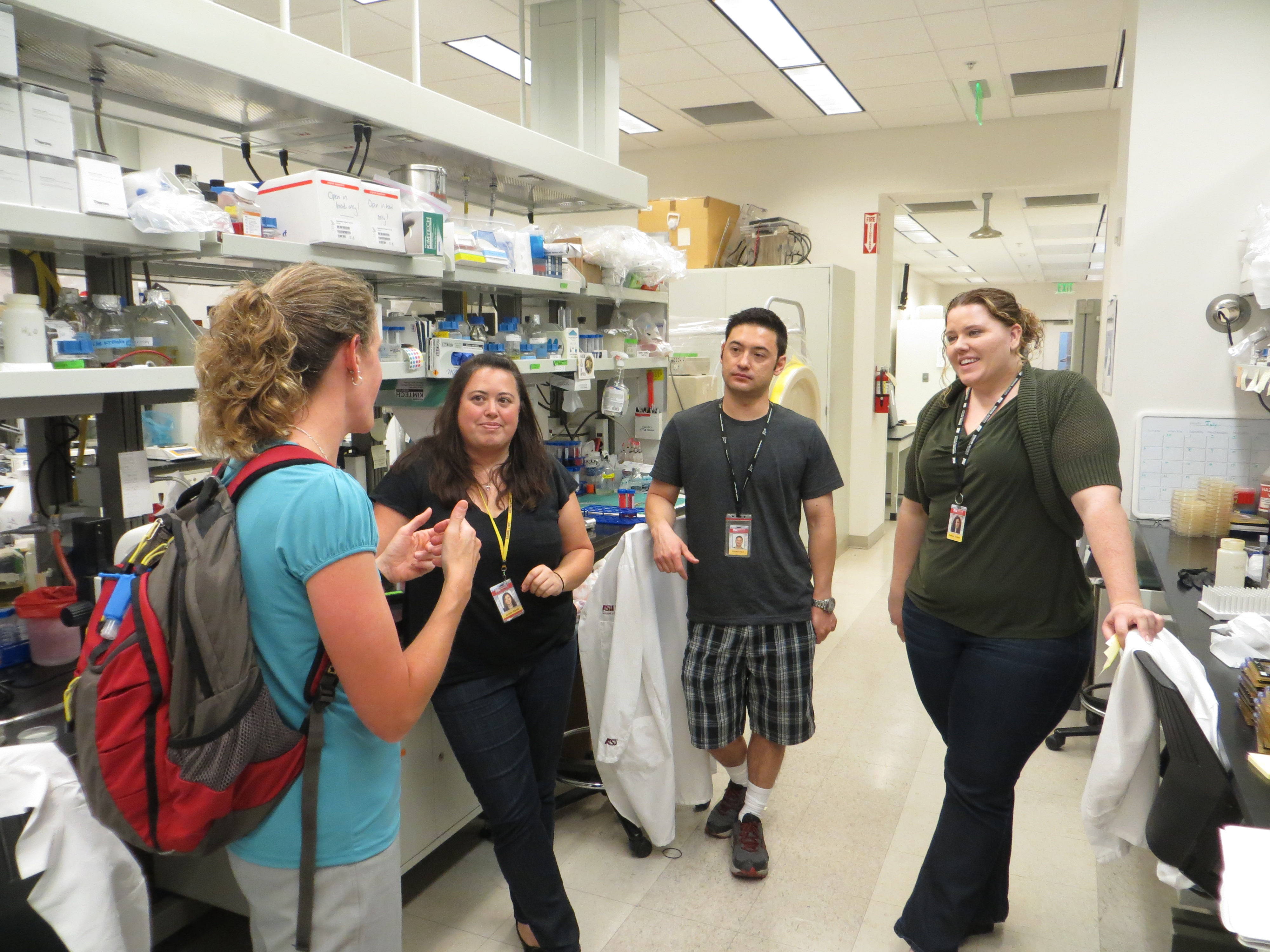This high-flying education effort by Orion’s Quest (OQ) features a science investigation that supports of the research of NASA scientist Dr. Catharine Conley and genetic researcher, Dr. Nate Szewczyk.
The study uses the soil nematode Caenorhabditis elegans (C. elegans), a free-living (non-parasitic) round worm about 1 mm in length as the model organism for the ongoing research that support NASA’s program in the areas of Human Space Exploration and human genetics. Dubbed “CSI-01” this project allows students to participate in meaningful scientific research on gravity-dependent biological processes.




